- News
- Reviews
- Bikes
- Components
- Bar tape & grips
- Bottom brackets
- Brake & gear cables
- Brake & STI levers
- Brake pads & spares
- Brakes
- Cassettes & freewheels
- Chains
- Chainsets & chainrings
- Derailleurs - front
- Derailleurs - rear
- Forks
- Gear levers & shifters
- Groupsets
- Handlebars & extensions
- Headsets
- Hubs
- Inner tubes
- Pedals
- Quick releases & skewers
- Saddles
- Seatposts
- Stems
- Wheels
- Tyres
- Tubeless valves
- Accessories
- Accessories - misc
- Computer mounts
- Bags
- Bar ends
- Bike bags & cases
- Bottle cages
- Bottles
- Cameras
- Car racks
- Child seats
- Computers
- Glasses
- GPS units
- Helmets
- Lights - front
- Lights - rear
- Lights - sets
- Locks
- Mirrors
- Mudguards
- Racks
- Pumps & CO2 inflators
- Puncture kits
- Reflectives
- Smart watches
- Stands and racks
- Trailers
- Clothing
- Health, fitness and nutrition
- Tools and workshop
- Miscellaneous
- Buyers Guides
- Features
- Forum
- Recommends
- Podcast
feature
 GT Grade Ride-254
GT Grade Ride-254Check out the 2014 GT Grade, the first purpose-built carbon gravel bike - complete with 28mm tyres!
GT reckons that its 2014 Grade was the “first-ever purpose-built carbon gravel bike”, so let’s take a look at why it was such an important design in the development of the genre and see what has changed over the past decade.
> Best gravel bikes 2024 — adventure-ready rides for leaving the tarmac behind
10 years ago, gravel bikes were still in their infancy. Of course, people have been riding on gravel and other non-tarmac surfaces for as long as bikes have existed, and cyclocross has been around for donkey’s years, but the concept of a gravel-specific bike – a drop bar bike with a long wheelbase, relaxed geometry, and space for wide tyres – was fairly novel. GT didn't claim to have pioneered a new category of bike with the Grade, but it was responding to new demands from many cyclists.
Gravel started as a race scene in some parts of the USA before early gravel-specific bikes like the Salsa Warbird, Kinesis Tripster ATR, and Kona Rove came along in 2013. All of those bikes were metal, though, whereas the Grade was available with a carbon-fibre frameset (there were, and still are, aluminium models in the range).
When taking a first ride on the bike back in 2014, Dave Arthur said, “The Grade will appeal to the many riders who want one bike that is happy on the road and is capable of going off-road, and is versatile enough to be turned into a touring bike, cyclo-cross racer, mudguard-equipped commuter or regular road bike. The Grade is a chameleon of a bike.”
> Find out how gravel bikes have evolved
Some features that you’ll see on today’s gravel bikes were already present and correct. The original Grade was equipped with disc brakes, of course, and although GT has evolved the geometry over the years (partly to allow for suspension fork compatibility), in 2014 it wasn’t a million miles away from what we see now in terms of essentials.
“A key feature is the long wheelbase,” said Dave Arthur. “It’s much longer than many ‘endurance’ bikes such as the Cannondale Synapse or Bianchi Infinito. It’s also a bit slacker with a taller head tube too – changes that lend the Grade fantastic stability at any speed, no matter the terrain.
“On the road, the bike feels very relaxed and easy to control through the bends and in a tight peloton. Head off-road, on a mixture of smoothly surfaced farm tracks and much rougher and deeper gravelled paths, and the Grade shows enormous capability. It never felt out of its depth, never got flustered at speed or on exceptionally rough terrain, it just hoovered it all up.”
The Grade had external cable routing, which has largely been consigned to history on mid to high-end bikes, a road bike groupset (gravel-specific groupsets didn’t exist back then), and a flared handlebar. This is a feature that has become way more popular on gravel bikes over the past decade.
“Flared handlebars aren’t something I’ve much experience with, and initial scepticism was soon pushed aside when I found the extra width a bonus on off-road trails,” said Dave. “They provide a bit more leverage and control – things that are appreciated when attempting to negotiate deep gravel that you’d never usually take a road bike through.”
How times change! Here’s something else that has been altered: tyre width.
Do you want to guess the maximum tyre width the 2014 GT Grade would accept? 35mm. And the width of the tyres on Dave’s bike for his first ride? 28mm. That’s a normal road bike width these days.
“Any road bike you can fit such tyres to is going to have similar capability, but most normal road bikes will struggle with anything wider than 25mm,” said Dave. “That’s why we’ve increasingly seen cyclocross bikes pressed into service on the daily commute.”
Wow! The second-generation GT Grade took tyres up to 42mm wide, while today’s models can accommodate 50mm without mudguards. That’s a huge difference. Early gravel bikes were designed to go fast over fairly well-surfaced flat and rolling roads; the genre has become more diverse now, hence the need for greater clearances.
Although suspension forks haven’t become the norm in gravel, they’re certainly a feature of the market. Today’s Grade Carbon X comes with a Rockshox Rudy XPLR 40mm travel fork, for example. There was no such thing as a gravel-specific suspension fork back in 2014, of course, with GT speccing a rigid carbon option, albeit one with a modern-looking thru axle (GT stuck with a standard quick-release skewer at the back).
The US brand had been busy at the rear of the bike.
“GT has developed the frame to provide comfort, with super skinny glass-fibre seatstays that flex noticeably when you press down hard on the saddle,” said Dave. “This, along with the seat tube and top tube ‘tuned’ to offer a claimed 11mm of deflection, certainly takes the harshness out of riding over any sort of rough road or gravel track.
“Rippled and corrugated dirt tracks were impressively smoothed out and some of the rougher road surfaces we encountered passed unannounced under the wheels.”
These days, GT offers what it calls ‘Gravel Travel’ with seatstays that bypass the seat tube entirely and attach to the top tube.
“The Grade frame’s Triple Triangle design with floating stays offers as much as 30mm of Gravel Travel without rubber bumpers, pivots or mechanical features,” says GT. “This was achieved in part by our Dual Fiber Dynamics (DFD) located in the floating stays – a combination of low modulus, solid core, long strand glass fibres moulded to an optimum shape and then wrapped in carbon for added strength and smooth transitions.”
Although lots has changed over the past 10 years, we think the original GT Grade remains one of the most influential gravel bikes ever. What do you reckon?
Mat has been in cycling media since 1996, on titles including BikeRadar, Total Bike, Total Mountain Bike, What Mountain Bike and Mountain Biking UK, and he has been editor of 220 Triathlon and Cycling Plus. Mat has been road.cc technical editor for over a decade, testing bikes, fettling the latest kit, and trying out the most up-to-the-minute clothing. He has won his category in Ironman UK 70.3 and finished on the podium in both marathons he has run. Mat is a Cambridge graduate who did a post-grad in magazine journalism, and he is a winner of the Cycling Media Award for Specialist Online Writer. Now over 50, he's riding road and gravel bikes most days for fun and fitness rather than training for competitions.
Latest Comments
- Hirsute 6 hours 14 min ago
Anyone vomiting whilst driving could have a detrimental effect on others....
- IanGlasgow 7 hours 17 min ago
Indicators for bikes are still with us. The best/least bad I've tried are:...
- IanGlasgow 7 hours 22 min ago
Indicators for bikes are still with us. The best/least bad I've tried are:...
- David9694 8 hours 22 min ago
I wonder what age that man will get to before it dawns on him what he is. ...
- Terry Hutt 9 hours 16 min ago
I was interested in the EasiCyco backpack until I watched their Kickstarter video. Both their riders' bums rub on the backpack. That's a hard NO...
- redhanded 11 hours 45 min ago
I had 2 bikes stolen from bike shed outside my flat in London last year. They ended up for sale in Russia. A cycling club I'm a member of tweeted...
- Deac 12 hours 46 min ago
I tried the footrest on the way home, it's a great idea, you can keep on the saddle making it easier to get away from the traffic lights, and being...
- ktache 15 hours 40 min ago
Not that they would be as technical, or maybe quite as grippy, but does the skate industry provide any solutions?
- Rendel Harris 16 hours 22 min ago
Sorry to be a killjoy but it doesn't amuse me at all, I hope the idiot gets caught and punished. Putting yourself on the same road as pros...
- willpom @GWRaudax 16 hours 57 min ago
Steve Poulton has just published The Cheltenham Flyer - 10th May https://www.audax.uk/event-details/calendar/13235-cheltenham_new_flyer_200
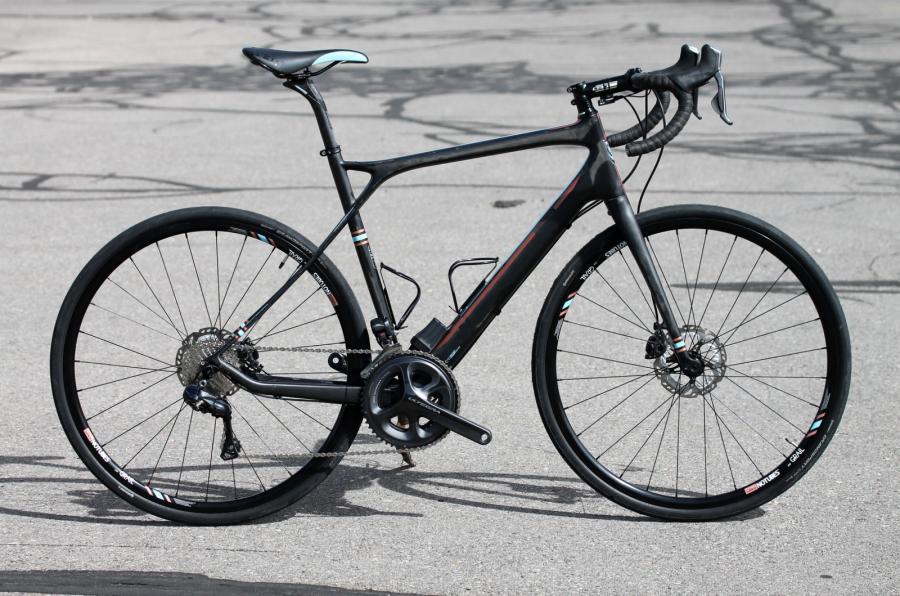

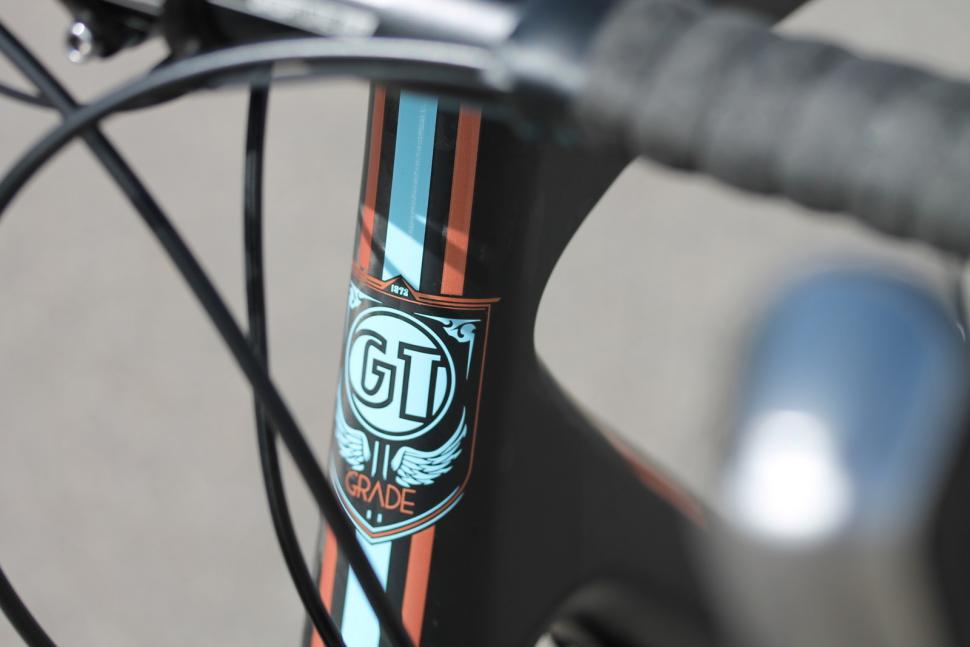

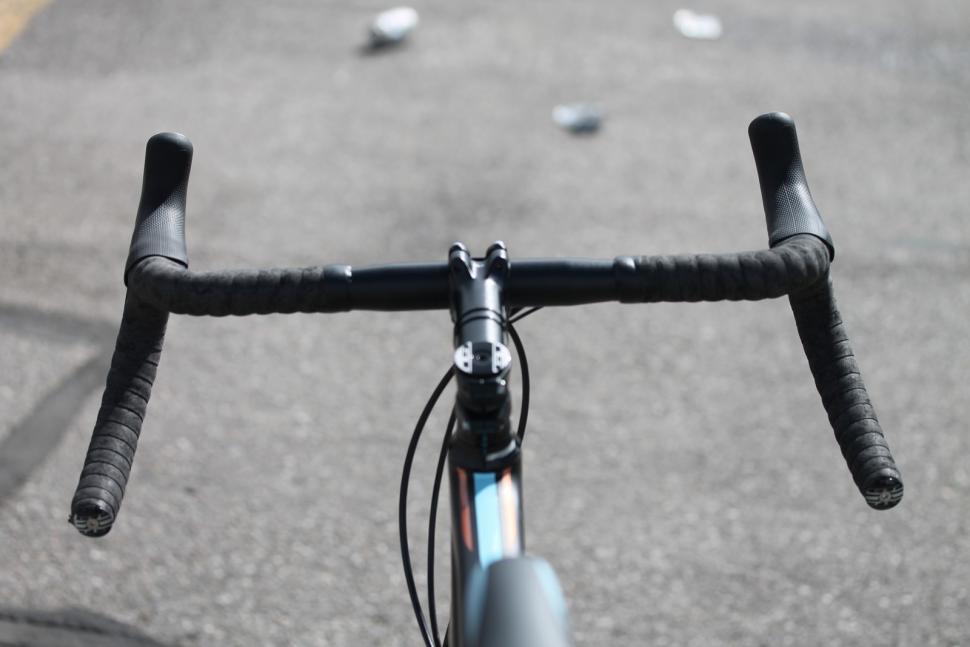


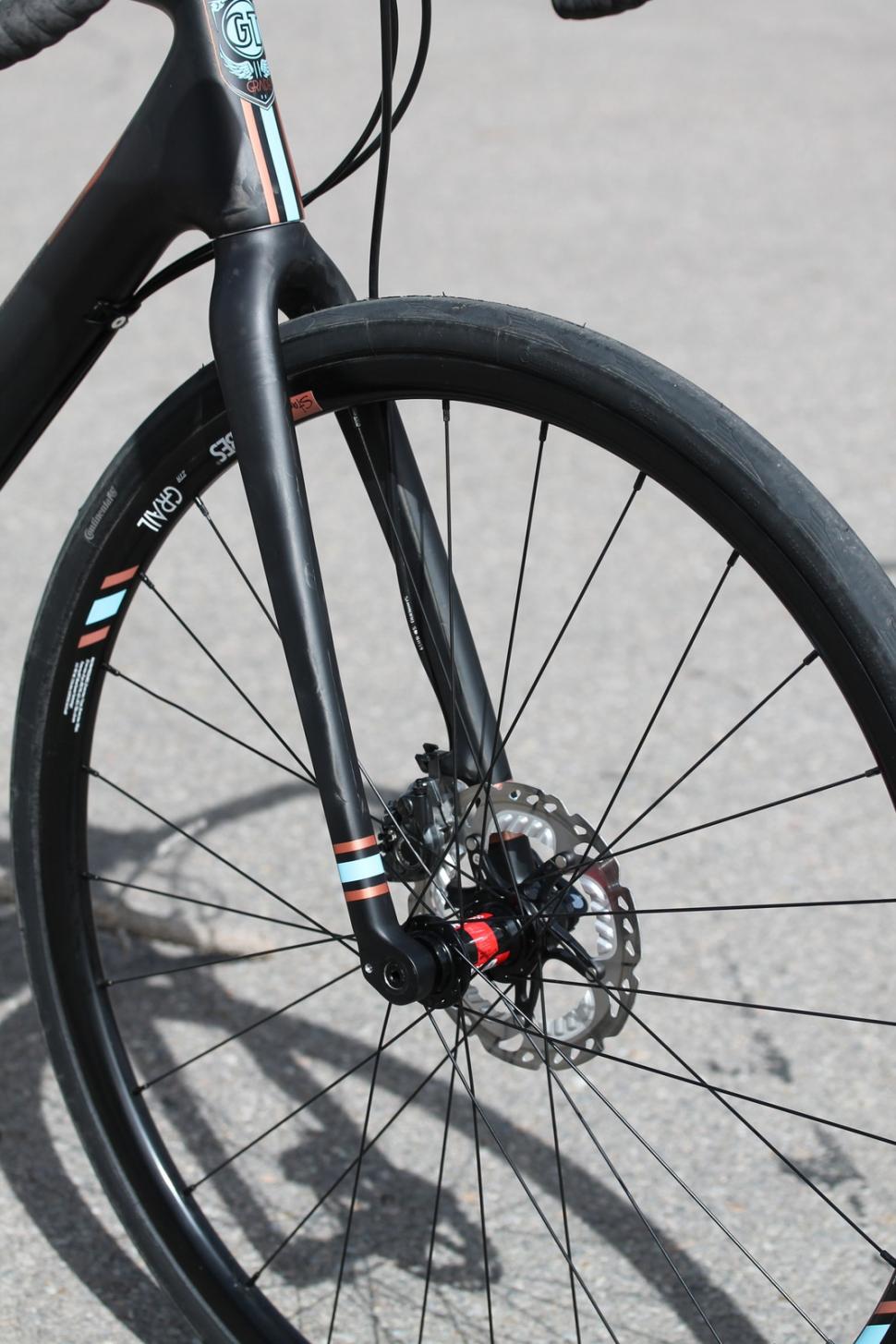
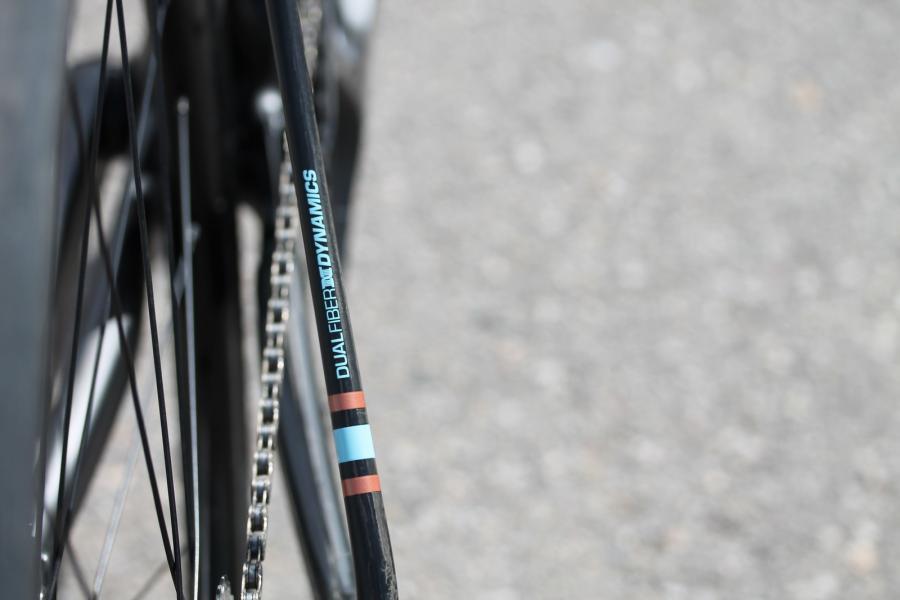



Add new comment
3 comments
Still got mine. 8.6Kg with Time ATAC pedals. Fork will take 38mm Gravel King slicks, rear 35mm. Really comfortable on shitty UK roads. Would prefer internal cable routing and frame storage, but wasn't really a thing 10 years ago.
Best bike I ever owned, slightly odd spec in retrospect (52/36 chainrings, qr back end but 15mm thru axle front) but it was ace. It died in a crash while I was racing it at the red bull timelaps 24.
I had one of these, but had to get it replaced when the frame cracked. I replaced it with the newer model Grade, and no complaints.